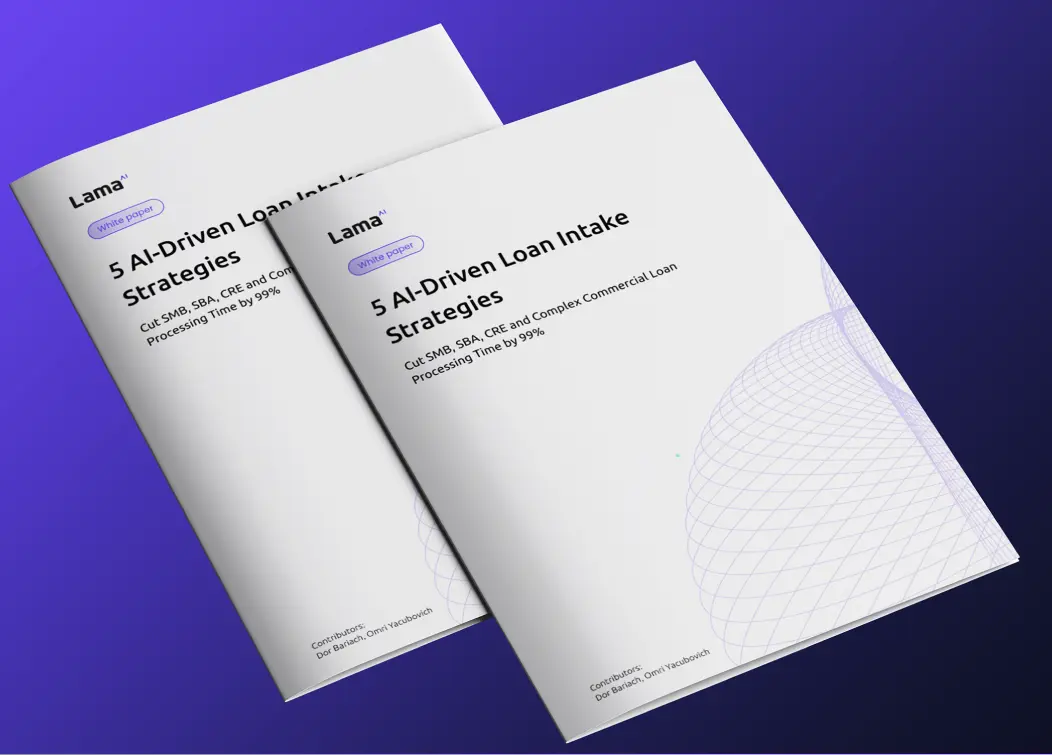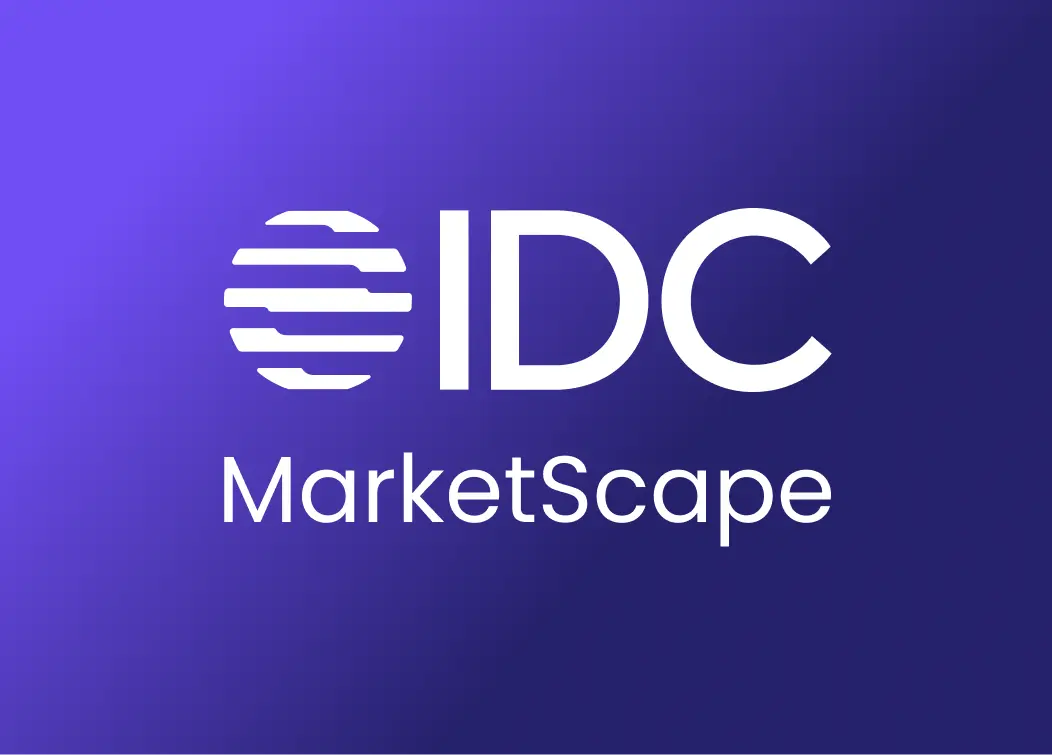Disruption-as-a-Service

Introduction
It was around 2016 when Tim frustratedly tried to solve an organizational business problem: finding alternative sources of deposits. Existing systems weren’t enough, and a sense of disruption was in the air. It was nothing less than frustration that made him take the first partnership call, which eventually led to pioneering the Banking-as-a-Service model. During our conversation, Tim pointed out exciting opportunities in the market and future trends we recommend following.
“If we don’t disrupt ourselves, we’re going to get disrupted. And I’d rather disrupt our own organization than let someone else do it.”
Tim Heilman, Chief Brand and Innovation Officer, Choice Bank

Interview
Omri Yacubovich: Thank you for taking the time to speak with us today. Just to provide some more clarity around terminology I’m sure we’ll touch on today, could you give some clarity on the difference between banking as a service (BaaS) and sponsor banking?
Tim Heilman: The best way I could try to answer that question would be, as a sponsor bank, you are sponsoring another organization, and there’s something in the middle that helps orchestrate and deliver the technology and regulatory oversight responsibilities. Whereas BaaS provides the technology and the banking sponsorship piece.
That’s probably the biggest differentiator. BaaS doesn't lean on or have somebody that is responsible for the relationship, the technology, and part of the oversight. Instead, it sort of takes all that responsibility and makes that as seamless and as direct as possible for the customer
In summary, BaaS has a direct relationship and works in a collaborative environment to be able to directly solve problems that customers are potentially having, with custom integrations on the technology side and a custom product to fit the needs of the customer.
You were very early on to the BaaS side. I assume it was a big professional bet for you.
We were early. I think we started the thought process around 2016 or 2017. Choice’s CEO, Brian Johnson, and I had a shared problem to solve for the organization, which was generating alternative deposit sources for the organization.
I also had a personal motivation to start the process. I was looking for another opportunity to create value for Choice in a way that could potentially add business value directly as opposed to supporting the business from a technology infrastructure perspective.
I was outlining this vision to our core banking software at that time. They were focused on other areas and didn’t necessarily share this vision of partnerships, collaboration, and banking as a service or fintech; although, I don’t think we really were calling it any of those things.
So, I had to solve that problem as well, because we weren’t aware of anybody else at the time. I took a call from our very first partnership purely out of frustration.
What opportunities made you believe it was worth building the program and infrastructure, and why did you think it would be successful?
I guess it was an innovational spirit. The belief was an early indicator that there was going to be some big disruption in the industry. It was more along the lines of, if we don’t disrupt ourselves, we’re going to get disrupted. And I’d rather disrupt our own organization than let someone else do it.
The very first partnership came to us from a consultant who was representing a startup company. They wanted to do a play in HSAs. I wanted to help them genuinely to solve the problem that they were looking to solve, which was trying to help people save for medical situations.
We had that product at the bank, so we were very familiar with HSAs and saw the value in it ourselves. We thought, here’s a company that could grow it faster and do it better than we could. And so let’s try to integrate. That’s really where it was born. It was just born at the right time, right place, with all the motivating contributions, and we just took a chance on each other.
We integrated their systems directly into our existing capabilities and launched a great minimal viable product in 90 days. This was a great first step for us in entering the industry.

Given the increasing number of fintechs, neobanks, and software companies entering the industry, do you think that in the future, every company will become a fintech company?
I think every organization has the potential of being a fintech. I think it’s just a matter of the use case for each company, how they culd leverage the technology to use banking products within their customer portfolio, and how that could potentially help their organization in a way that they’ve never really thought of.
Has BaaS become a commodity? And if so, how do you differentiate yourself from other players in the industry?
I believe that there is a commodity aspect to BaaS for sponsor banks. However, our key differentiator lies in the custom solutions we provide to our customers, which allow us to address their specific problems effectively.
Our organization’s future lies in identifying additional products and services that we can offer to our customers. We are currently focusing on understanding our customers’ strategic goals and product roadmaps to better meet their needs.
You are working directly with fintechs, with no “middleware” company. How does this affect the unit economics for you and for your fintech clients?
We have value added and lower cost of delivery on behalf of our customers. We’re not requiring certain things that others are having to charge for, resulting in improved unit economics due to not having somebody in the middle.
But beyond unit economics, it has to be the right customer for the right reasons in terms of what they’re looking for. Our customers value that they have direct access to bankers and the technologists who are building the solutions.
Why do most sponsored banks in the embedded lending and BaaS space operate in originate-to-sell mode instead of deploying capital, and what are the implications?
We are celebrating our 22nd this year, and we haven’t had a lack of demand on the lending side. We just haven’t really had the business use case to do the partnership on the capital allocation side for fintech or BaaS.
Having said that, I think that’s part of the evolution of banking. We have to think about products and services and make sure that we know what we’re doing. We need to assess whether we can manage any of the risks associated with it and build the use case.
If you go back to the story where we started, it was to solve a business problem. The business problem was a need for deposits, so we went out and solved it. As we expand into what other customers are looking for, we’re starting to see indications that there might be some opportunity for deploying capital, at least for Choice.
Should every bank have BaaS as a strategy?
It’s not for every bank. I think the winning combination is understanding the technology and the business. If you don’t understand the technology, it’s hard to understand the business, because the business itself delivers to the customer very differently than what banks are really designed to do.
We have the technology from a customer perspective, but it’s not on that leading edge. The leading edge is not necessarily the customer experience, but how you connect to existing customers and future customers. Banking has been built on “set and forget,” meaning install some software and it just has to work no matter what.
Because of that, banks try to minimize change. When you look at fintechs, they’re attracting customers who want something different and fresh that speaks directly to them.
Now we’re seeing this business use case coming into BaaS as well. It’s not for everybody. It’s for those who want to go into this vertical and build the best possible experience that they can within that vertical.

We mentioned the big professional bet you made on BaaS. What is the next big bet for the bank?
Because of the demand in the BaaS space, from a transaction and money movement level, this is our focus now.
The money movement side has disrupted our own ability to scale in a way that we probably couldn’t do with the existing systems that we’ve had. So we’re actually going in and giving Choice the ability to do all of those transactions in a different way than we used to.
This is the next version of what we think is going to get us to be able to handle that scale and operate. It has to work no matter what, yet we have to redesign it so we can do it in a way that handles the volume. We’re still having the proper checks and balances of how we can make sure the transactions are flowing and doing what they need to do.
After establishing the infrastructure, we are curious about the upcoming real-time payment options. There are existing networks in which we can participate. There are some new ones coming out that I think are going to be fairly disruptive.
On the blockchain?
I don’t know yet. It could be blockchain. I don’t think we’re going to use crypto itself, but we’re going to be using the rails to send money.
Blockchain offers an opportunity in the banking space. However, there’s a lot of noise surrounding it. While we don’t intend to shy away from it completely, we want to proceed cautiously. Our plan is to identify small use cases to test its capabilities.
Tim, it was a pleasure speaking with you.
Tim Heilman - Bio
Joining Choice in 2004 as the Chief Technology Officer, Tim learned the world of banking through the lens of technology. Across the last sixteen years, he successfully guided Choice through multiple software and system conversions and other organizational initiatives. As his role expanded to oversee marketing, operations, and strategic partnerships.
Driven by a spirit for innovation, Tim envisioned the endless possibilities of banking combined with the technology being pioneered by Fintech leaders. With his strong belief in the power of people, he co-founded Choice Fin as a way to support Fintech leaders who continue to pave the path for the future of banking.

















.webp)


.webp)

.webp)





.webp)















